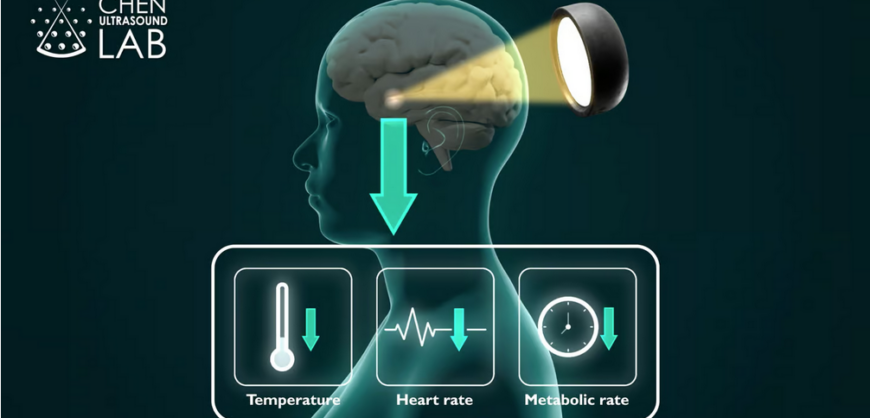There are times when hibernating would be useful, like surgery or space travel, and we’re getting closer to being able to do so on demand in humans. Scientists have now demonstrated a way to induce a hibernation-like state in mice and rats using non-invasive ultrasound pulses to the brain.
Torpor is a sleep-like state that animals such as mice and birds can go into to conserve energy, by bringing their body temperature and metabolism right down. It’s thought to be a survival mechanism for when food is scarce, allowing them to simply snooze through tough times.
Tripadvisor: These are the 25 best beaches in the world for 2024 – Two Greek among them (photos)
In 2020, scientists identified a set of neurons in the hypothalamus that allows mice to enter torpor, and found that they could stimulate them using light or chemical signals to induce hibernation on demand. Better yet, the same thing worked in rats, which don’t naturally go into torpor, suggesting it could work in other mammals and maybe even humans. A follow-up study in 2022 demonstrated how the technique could be used to prevent tissue damage during heart surgery.
Read more: New Atlas






































